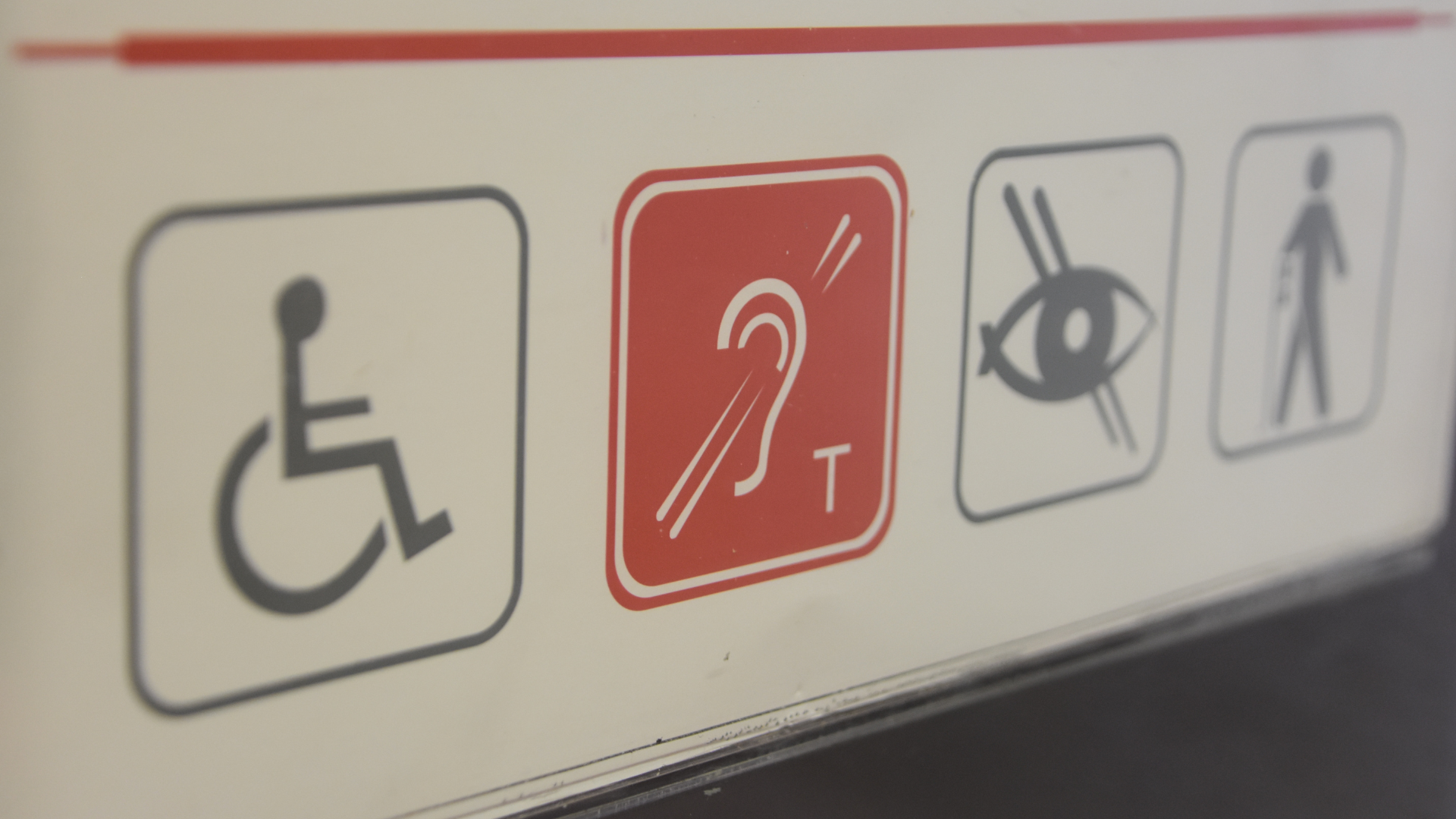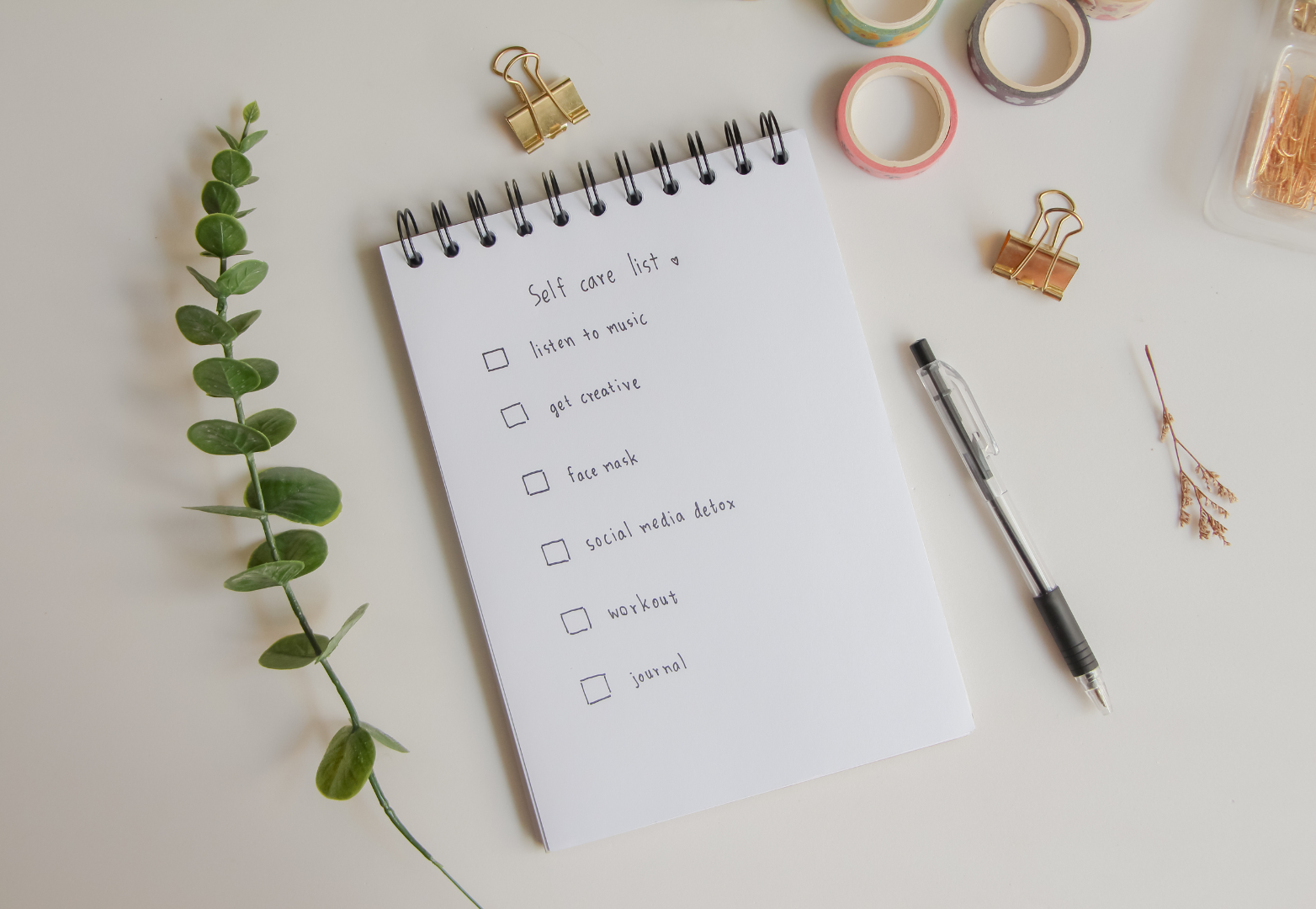How To Make Your Next Move Stress Free
Summer is a popular time for people to move homes. Whether upsizing or downsizing, moving across the country or just around the corner, moving can cause anxiety and stress.
“During this time of year, moving is at an all-time high. Due to this influx, it is often referred to as ‘peak season’,” said Nancy Kowalik, owner of Nancy Kowalik Real Estate Group in Mullica Hill, NJ. “For many people, the process of moving can be quite stressful. With so many things to consider, it is easy to find yourself overwhelmed and annoyed. That’s why it is very important to take the necessary steps to mentally prepare yourself for the move and minimize this level of stress.”
Moving is never easy, but here are 7 suggestions to keep the stress and anxiety down when it’s time to get a move on:

1. Create a plan before you begin. Write out exactly the items you will be taking in each room and decide on what room you will start with. Complete each room before moving to the next. If you end up rushing, you will make mistakes
2. Purge. Now is the time to get rid of clothes you don’t wear, toys your kids do not play with, or any items that are just sitting around collecting dust.
3. Start packing early. Clear your calendar so you have enough lead time to get everything done.
4. Label all boxes. If you know what is inside, it will be easier to unpack when you arrive at your next home.
5. Get help. Don’t be afraid to ask family members or friends to help you. Moving can be overwhelming and physically exhausting, so having some support along the way can make things go smoother and more efficiently.
6. Take breaks. It’s important to take some time for yourself during the packing. Whether it’s a walk or a lunch break, time away can be rejuvenating and all you need to restart the packing process.
7. Focus on the Positives. You may feel conflicted about the decision to move and maybe even begin to dwell on the negatives of the circumstance. However, this is quite counterproductive and will only make the situation worse. Instead, try being optimistic. Think about the positives that can come from your new and exciting journey!

“We have all been through a move and know the overwhelming feelings it can create for individuals and families,” says Jen Kugler, LPC, ACS, Senior Program Director, Behavioral Health Services, Acenda. “If you feel yourself starting to stress about packing, unpacking, and all the decision-making that enters into a move, try to stay calm and know this is only temporary and there is a light at the end of the tunnel.”
If you feel your stress and anxiety are not dissipating after you settle in to your new place, you may need some additional support. Our clinicians are available to help with a wide array of mental health care and support. Call our main number at 844-4-ACENDA (844-422-3632) for more information about our counseling and telehealth services.
Call our main number at
Sources:
www.makespace.com
www.styleathome.com




















